Becoming a wildlife photographer and turning a passion into a profession that pays the bills is a puzzle with many pieces. This guide is intended to help make you aware of the things you need to think about and put into motion to begin your journey.
The first requisite to becoming a wildlife photographer either part-time or full-time is that you have a passion for being out in nature and a love of animals. The second is that you’re already a pretty decent photographer and you live to get back out in the field to shoot. Most of the wildlife photographers I know would describe it as an obsession. If that describes you and you’re looking to up the ante and work as a pro photographer to earn your living you’ll want to keep reading as there are many things to consider before you make the leap.
Let’s start by answering the question you came here for, “How do I become a wildlife photographer?
- Enroll in photography courses
- Enroll in wildlife biology courses
- Practice your photography skills
- Create a portfolio
- Befriend a wildlife photography mentor
- Shadow as many wildlife photographers as you can
- Network to find job opportunities
- Prioritize ways to make money
Many of these steps are self-explanatory and some a little more involved but it sure does sound easy on paper doesn’t it? Well there’s a lot of hard work involved and I expect you have many unanswered questions even though you’ve already spent hours and hours researching and maybe even talking to folks in the profession. That’s why today’s post is going to serve as an in-depth guide on how to become a wildlife photographer. I’ll touch on such points as what a wildlife photographer does, what kind of skills you need, how to get better at photography, and how to find jobs in the field. I’ll even discuss income so you have a ballpark of how much you might earn as a wildlife photographer.
Whether you have another full-time job but you pursue wildlife photography on the side such as I do or you want to work in this field full-time, you’ll soon have all the info you need to make a move!
Helpful Resources
Resource 1: The Business of Photography
Matt Granger is a professional photographer and he has put together a 5-hour video course covering everything you need to know to start and maintain a successful photography business. If you’re serious about taking on photography as a business you’ll want to register for his course. Matt’s tribal wisdom was so helpful to me in launching Coolwildlife as a business, maintaining it, and growing it. The content is not specific to wildlife photography, it is generic and can be applied to any genre.
Click on the link below and watch his introduction video to gain additional insight into the lessons contained within each of the topics listed below.

Resource 2: Wildlife Photography Masterclasses
For those of you who want to get a feel for what it takes to be a successful wildlife photographer, I leave you with two additional resource to consider. You owe it to yourself to learn from the best in the business. Not often do professional wildlife photographers like David Yarrow and Paul Nicklen allow you into their world for a behind-the-scenes look at the process they go through to capture the incredible images that you wish you could take.
I highly recommend you enroll in either David Yarrow’s or Paul Nicklen’s Photography Masterclasses. David’s course offers you seven hours of footage across 58 lessons as you follow David around the world on his photography adventures, many of which are wildlife-related. You can watch the trailer for David Yarrow’s Masterclass below and if you’d like more details follow this link to David Yarrow’s Photography Masterclass.
I loved David ‘s opening monologue in the video below, “Let’s set a really high bar in terms of what is a picture the world needs to see. Is it good enough, is it strong enough? What I want to do as a photographer is take pictures that grab peoples attention and then hold that attention.” That to me best describes what every wildlife photographer should be striving to accomplish with their work.
Why Choose David Yarrow’s Class?
Note: This Masterclass is not a deep dive into the technical aspects of photography such as settings, navigating camera menu’s, etc. David does touch on some of the settings he is using during a shoot however the focus is on his thought process and vision to get great photographs. There are segments that are not related to wildlife photography but I found even those were insightful as David shared out how he was thinking about the shoot. David comes at his photography with the intent to create art that will be hung on the wall, so he is selling prints.
If you are coming from the camp of wanting to sell fine art prints then David’s course is for you.
Why Choose Paul Nicklen’s Class?
Paul Nicklen has been a wildlife photographer for over 30 years, 20 of those with National Geographic. Paul’s objective as a wildlife photographer is very different than David’s. Paul aspires to capture compelling stories about wildlife that inspire the audience to affect change through conservation efforts. His goal is to have those stories published in National Geographic. Shooting to tell a story is radically different than trying to create wall hangers for fine art prints.
If your goal as a wildlife photographer is to get published in magazines Paul Nicklen’s Wildlife Photography course is the best choice for you.
You can read my review of Paul’s Masterclass below. There are 50 episodes in total with 15 episodes that released in December 2022 as part of an early bird special. The remaining 35 episodes are set to launch in Q1 2023.
For additional details read my review of Paul Nicklen’s Masterclass to get a better idea of the content in the first 15 episodes and my take on those episodes.
Paul Nicklen Wildlife Photography Masterclass Review | Best Course
Both David’s and Paul’s Masterclasses come with a 30 day money back guarantee so if for whatever reason the course does not meet your needs you can request a full refund.
Resource 3:
The Journal of Wildlife Photography
The Journal of Wildlife Photography is quarterly journal with articles written by professional wildlife photographers. I have been a subscriber since 2019 and it has been a tremendous resource for expanding my knowledge and bettering the power of my images.
For new subscribers using the Coolwildlife link above you’ll receive a free e-book entitled, “Mastering Light, The Essence of Wildlife Photography. It is over 84 pages and walks you through how to use front, side, back and overcast lighting to create powerful wildlife images.
You can read my full review of the Journal of Wildlife Photography at Best Way to Learn Wildlife Photography Under $100.
5 Pro Wildlife Photography Tips:
For those of you looking for some useful wildlife photography tips, here’s a link to an article I wrote for the Topaz Labs Learning Center. It is entitled, “5 Pro Wildlife Photography Tips To Get Amazing Images”.
What Does Wildlife Photography Entail?
First thing’s first, what does it mean to be a wildlife photographer anyway?
Well, you’re certainly not working in a studio doing portrait photography, that’s for sure. Instead, it’s your duty to capture images of animals in their home out in the world. Some of the photos you take will be awe-inspiring, others tender and sweet, but some heartbreaking too. Watching the animal food chain come to life isn’t always pretty, after all.
Your job may take you all over the world. Yes, that means visiting exotic locales, but sometimes the novelty wears off fast. For instance, try spending 10 days in Alaska photographing grizzly bears. Ok I lied, the novelty never wears off if it’s a passion and for you I hope this is the case. That’s my first question back to you? Why do you want to be a wildlife photographer? The answer had better be include passion or obsession in your response or I’d suggest you get off the train now.
Comfort isn’t exactly one of the perks of the job, by the way. You could be lying flat on your belly for hours in freezing cold temperatures waiting for your subject to show up. And forget about sleeping in, those days are gone when you become a wildlife photographer. You’ll be chasing the light as well as your subjects and that means you’re up before the sun is.
You have to go into this knowing that becoming a wildlife photographer is no nine-to-five job with weekends off. Nature dictates when you’ll be out, and you may have to spend as much time onsite as necessary to get the shot. If that takes hours, days or weeks then so be it. Not like I’m saying to work for days straight without a break, but you get what I mean. It takes dedication and extreme patience to excel at this job.
Also, and I do have to say it, the field of wildlife photography can sometimes be dangerous. You’re sharing a space with untamed animals and nothing between the animal and yourself but your camera. It doesn’t happen often, but the odd wildlife photographer has perished from animal attacks. For instance, in 2012, a wildlife photographer got fatally tusked by an elephant in Kenya.
Certain jobs are considered occupational hazards, and wildlife photography is definitely up there. That’s why I recommend you do in depth research in advance of your trips and work with experienced guides who know the lay of the land and the species you’ll be photographing. Your safety should always be top of mind.
Which Skills Are Required to Become a Wildlife Photographer?
Now that I’ve discussed a little on what the job of wildlife photography is all about, let’s talk a bit about the skills you’ll need. This is an exhaustive list, so it might seem a little overwhelming at first glance.
Don’t worry too much if you’re lacking in some of these areas I’m about to cover. I also plan on sharing some great educational options you can take advantage of to become a fantastic wildlife photographer. Keep reading!
Without further ado then, here are the skills you should excel at to get your career in wildlife photography off to a great start.
Photography Skills
This is the big one. You need to know how to work your way around a camera, and not just the camera that you own, but other cameras as well. After all, sometimes you might be lent a camera, and you can’t afford to waste time figuring out how it works. In wildlife photography, you very often only get one shot at photographing your subject, so you can’t afford to waste it.
If you’re somewhat green in photography, I recommend learning about the rule of thirds first and foremost. That link will take you to my in-depth blog post about the rule of thirds, how it works, and how to turn on rule of thirds gridlines on a variety of cameras.
I’ll provide a short recap of the rule of thirds for you here. The rule of thirds is a guideline you use when framing your subject. The gridline should have two vertical lines and two horizontal lines, giving you nine lines in all. Then, how your subject passes through those lines, or intersects, creates a crash point or power point. These points tell you how and where to frame your subject, whether they’re front and center or off to the left or right. I go into a lot more detail and provide tons of examples in my rule of thirds post, so I do recommend you read that.
It also helps to learn about ISO, aperture and shutter speed and what role each plays in the exposure triangle. If you wish to learn more head on over to my post called What Is ISO in Cameras | A Beginners Guide. You are going to need to master the exposure triangle so if you don’t already know what this important concept is I suggest you give that post a read.
Study the exposure triangle diagram and practice until it becomes second nature when you’re in the field. Your technical ability is so important, but don’t worry if this ability is awfully fuzzy or you’re just getting started. Like with everything, the more you work at your photography, the more you’ll develop your own technical skills that will help you eke out your unique photography style.
If you’re frustrated with your photo quality or just wish to learn more, I also have a post called, “Why Are My Photo’s Blurry?” and another one called, “Wildlife Photography Tips, 10 Mistakes Nobody Tells You About.” Both posts are definitely worth your time.
Compositional Skills
As important as the technical skills are to becoming a wildlife photographer I’d have to say the eye you possess as an artist is even more important. You’ll hear it over and over, it’s not the camera that takes the image, it’s the photographer. Nothing could be more true. Hand a 10 MP camera from 2010 to a professional photographer with a good eye and get ready to see some amazing photo’s. Every bit as good as what you’d see from today’s pro bodies.
I guess what I’m trying to say is don’t get hung up on getting the latest and greatest gear, focus on the art of the photograph because you are competing for market share in a space that is very competitive. That means you need to create images that turn heads, that are worthy of a viewers time by presenting a fresh perspective.
There are entire books written on the subject of composition, working with light, vision, etc. that I have studied over the years. By far and away the best books I have come across are from author Michael Freeman, his books have helped me tremendously. Below is a list of a few of those in my library that I think you’ll find good reads and very educational. I own many more than this but these are five that I would strongly suggest you read.
Research Skills
You don’t need an encyclopedic knowledge of animals to be a successful wildlife photographer, but you better put in your time so that you have a very good understanding of the behaviors and movement patterns of your subject. Knowing this about your subjects makes it more likely that you will capture powerful images. That’s because you’ll be able to anticipate the action and movements before they occur so you’re ready to capture the shot when the moment unfolds. Often times you don’t get a second chance, so you don’t want to miss that one opportunity by not being as prepared as possible. I speak from experience as I have missed more than my far share of magical moments and all I left with is the memory and no digital print.
You’re going to have to decide what species you want to photograph first and foremost. Only then can you start to do your research into that species. Does this animal migrate and move as the seasons change or even daily as they hunt? Are they more active during the day or at night? Where are they most likely to be and what time of year? There are many more questions but being able to answer these types of questions then lets you make a plan an agenda for your trip. Then you can start determining who to hire as your guide, where to camp, regulations and fees, flight costs, etc. You’ll want to really give some serious thought to every aspect of your trip. For me this includes looking at the images that other wildlife photographers have taken of the subject in the location I will be going to.
I like to go into my shoots with a vision of the type of shot I’m looking for. I like to see how others have portrayed my subject and try to determine what the best way is for me to present a fresh perspective for my viewers to consider. One that is worthy of them pausing to reflect on it and ask questions. Wildlife is unpredictable, of course, so it doesn’t always work that way, but you hope it will. Without researching what’s what you’re walking into a photo shoot blind. If there’s one thing you don’t want to do when you’re around wild animals for hours at a time, it’s walk into anything blind.
Survival Skills
On that note, survival skills are pretty darn important. Like I said before, fatal attacks don’t happen often, but you want to be prepared when the unlikely event of an attack occurs. To give you an example, when I went to camp in Hallo Bay, Alaska for ten days to photograph the grizzly bears, despite hiring a guide with 25 years of experience I did my homework. I read two books that prepared me for my trip so I’d know how to react should certain unpredictable encounters occur with the grizzly bears. Of course we had bear spray with us at at all times.
What will you do if an animal comes your way? Should you run? Play dead? You absolutely need to know, as the difference can be life and death. I’m not saying that to be dramatic either, as it literally could be the case here.
Besides your ability to sniff out when a situation around wildlife is going awry, you need other basic survival skills as well. You’re not exactly rooming in a hotel at some wildlife shoots. You’ll more than likely doze in a sleeping bag in a tent. If you don’t know how to pitch a tent, you’ll want to learn.
What you choose to wear will be critical depending on the environment you are venturing into. Clothing that wicks moisture, dries quickly and provides warmth or keeps you cool is essential for your comfort in the field. You’ll want to understand the concept of layering and what fabrics to choose that meet these requirements. If you’re not familiar with the concept of layering and the advantages of merino wool as part of that process I highly recommend you read my post called, “What is Merino Wool? 14 Reasons Why You Should Wear It.
Equally as important is what you’ll need to eat and drink. You can’t always pack a huge supply of food on small float planes, which means you have to pack lightly but for nutrition and calories. That could mean freeze dried foods so that’s another piece of homework to add to your list. Is there a fresh water supply nearby? If not, you’ll need to think about water purifying tablets,
Let me give you an example from my grizzly bear camping trip in Alaska. Our guide had brought in enough drinking water to last five days and was counting on September rainfall to provide the balance. We placed a large tarp across the trees to catch the rain which cascaded into a bucket.
By day five we had not seen a single drop of rain and we were running out of water, not a good situation to be in. Fortunately our guide knew the area very well having camped there for 25 years and he had a boat that allowed us to go to a water source. Our guide had taken this possibility into account so he was prepared for the worst case scenario and you should too.
Photo Editing Skills
As good as your technical and composition skills are you’ll need to edit your digital images to some extent. That’s because you’ll be shooting in a RAW format and that often requires you to consider changes to white balance, exposure, colour saturation, black levels, highlights, sharpening, contrast and noise reduction among others. There’s a fine line between editing your photos until they’re hardly recognizable and making artistic touches and improvements where needed, and it helps to know that difference.
I have written reviews for many photo editing programs and software that I recommend you review if you don’t already have a favorite editing program. These include ACDSee Photo Studio Ultimate 2020, Luminar 4 2020, ON1 Photo RAW 2020, DxO PhotoLab 3 2020, the Topaz Creator Bundle 2020, DxO Nik Collection 3, and the Topaz Utility Bundle AI 2020.
Paying for a solid photo editing software is worth every last penny. You’ll get high-quality editing tools for doing any function you could want. Many of those software options linked to above can create masks, remove unwanted noise, brighten a photo, improve its saturation, sharpen a photo, apply filters, and so much more.
Some photo editors, including Topaz, use AI-driven tools to automatically make edits, all of which you can manually tweak if that’s what you prefer. I don’t mind taking a look at what the AI within the software recommends but most of the time I’m making my own manual adjustments to suit my tastes. I’d recommend reading each software review, comparing programs and prices, and downloading lots of free trials. That will help you narrow down which photo editor is best for you.
Networking Skills
In photography, as with most businesses, it’s all about who you know. After all, a stranger you meet on the street or in the elevator could know someone who becomes your next client. Sometimes that person themselves even becomes your next client!
You need to have good networking skills, and not just at networking events, but everywhere you go. That said, there’s a difference between being annoyingly salesy and sparking interest in your work. You’ll have to know how to expertly toe that line so you can keep work coming in. I mentioned earlier that you should seek out a wildlife photographer as a mentor, I’d suggest you find as many as you can. Each will have his/her own perspective to share with you and they will not all be the same.
Shadow as many wildlife photographers as you can while they shoot with an eye to learning from them. Attend trade shows, listen to wildlife photographers present. Introduce yourself after the presentation and have those one or two questions at the ready that you haven’t been able to find the answer to. To this day one of my closest wildlife photography friends that I shoot with is a Nikon Ambassador that I spoke with after a presentation she delivered on wildlife photography. This was a cold introduction that turned into a very rewarding friendship and learning experience for me.
I would also encourage you to think socially as well. Join wildlife photography forums and engage actively in those discussions. It’s been my observation that people are very helpful and willing to share their experiences in those groups, so don’t shy away from asking your questions.
Oh, and while this may not be networking related, make sure your business admin skills are up to snuff as well. Since you work for yourself at the end of the day, there’s no one in HR to manage your payroll. You need to ensure you get paid. When you send an invoice, if it goes unchecked, you need to follow up. You should also keep records of how much money you’re earning per project or per client, either in a spreadsheet or a finance management program.
This will help you track your monthly and annual revenue without checking four or five difference sources for how much you earned. Also, come tax time, you’ll be so glad you documented your income this way.
Where Can You Learn Wildlife Photography?
It’s okay to admit you’re not an expert yet. Once you realize what you cannot do, you can soon bridge that gap so there’s more you can do to create powerful and inspiring images.
So where can you learn to do more with your photography? You have all sorts of options, so whatever works best for your budget and your schedule is what you should go with. Let’s talk more about how you can learn to get on the pro level of wildlife photography.
College-Level Courses
If you’re still in college or you’re thinking of going back to school, you can enroll at a community college or university and take some photography courses. If it’s feasible and you’re at that point in your journey you could enroll in a two-year or even a four-year photography major. You’ll learn all the ins and outs of photography that will help when you begin trying to break into the field of wildlife photography.
Art schools offer photography courses as well, so that’s another collegiate avenue you can explore.
Online Wildlife Photography Courses
Even though many colleges and universities have online classes, sometimes the course load is too demanding. If you’d rather learn at more of your own pace, from two of the most highly regarded wildlife photographers in the world then I highly recommend you consider courses such as David Yarrow’s Photography MasterClass and Paul Nicklen’s Wildlife Photography Masterclass.
I mentioned this previously, but if you made it this far in the post it’s worth giving you a few more details. I assume you know who David Yarrow is considering you’re aiming to become a wildlife photographer. Just in case you don’t, David Yarrow is an author, conservationist, and photographer from the UK known for his landscape, indigenous people, and wildlife photography.
If you want to take photos on the level of Yarrow someday, then his MasterClass is absolutely unmissable. You don’t even need a fancy camera to get the most of this class. Any camera will do.
Across 58 lessons, you’ll follow David around the world (virtually, of course) as he goes onsite to work his wildlife photography magic. He shares his own humble beginnings in the first few lessons, then quickly delves into photography concepts such as focus, research and photo shoot planning, camera remote controls, staging photographs, and so much more.
The Discovery Class gives you access to 10 lessons spanning over 60 minutes. This costs $55. I’d advise you to buy the full MasterClass for $170. This gives you more than seven hours of footage and all 58 lessons.
No matter which device you learn best on, be that multiple devices, you can go through the courses as your schedule allows. You also have lifetime access upon paying once, which is awesome. When you complete the course, you even get a personalized certificate saying as much.
Life Long Learning & Practice
A good photographer never stops practicing and improving. Once you’ve learned the concepts the best learning comes from experience in the field, there really is no substitute. You’ll probably be full of vigor after completing the MasterClass, feeling eager to try out new concepts and ideas. This is great. Take as many photos as you can at this time, and be deliberate in your analysis of those images.
Ask your mentors to critique your images. And do ask them to be critical, you’re not looking for a pat on the back from them so be prepared with an open mind to listen to what they have to say and adapt their suggestions into your own work. The most talented wildlife photographers that travel the world all year long will tell you that they don’t expect to capture any more than 3-4 blow you away images per year so go into this journey by setting the right expectations for yourself.
How To Make Money From Wildlife Photography?
After going back to school or taking David Yarrow’s Photography MasterClass. you’re ready to start making money from your craft. How do you get started? Here are a few suggestions on how to make money as a wildlife photographer.
- Build a portfolio and sell prints online
- Tap into your network
- Apply to jobs
- Go to craft fairs and sell your work
- Sell images to the media
- Sell stock images
- Sell fine-art prints
- Conduct wildlife tours & workshops
Build a Portfolio
Those photos that you like will go into your online portfolio. This is a representation of your best work to date. The great thing about a portfolio is that it’s not a static thing. You can update it, remove old photos that you don’t care for, and keep adding more.
What kind of photos should go into your portfolio now? You want to show the breadth of your work, so keep that in mind. If you took ten great photos of a wolf, you don’t want all ten photos to comprise your portfolio, as they lack variety from one image to another.
Instead, try to compile photos from a bunch of shoots that focus on all sorts of animal subjects. Or if you choose to focus on one subject make sure that those images demonstrate the diversity of your work. Some images render very well in colour while others just speak to you to be done in Black and White. Just make sure these photos show variety and truly encapsulate your best photography work at current.
Then, make a website to host your portfolio. It’s really easy to use a free website template creator and have a site up and running in about an hour. This will work for starters, but as more money begins flowing into your wildlife photography operation, I suggest taking some of that cash and using it to pay for a professional looking website where you can sell your prints.
Tap into Your Network
Remember how I said you’ll always be networking? Hopefully you’ve built up a solid list of contacts, even if some of them are friends and family. Ask around, both in person and on social media, if anyone knows someone who’s looking for a wildlife photographer. Your area of expertise makes it a bit tougher to find jobs than say a wedding photographer or a portrait photographer, but you might get a bite networking this way.
If not, then keep attending as many photography events in your neck of the woods as you can. Have lots of business cards at the ready and gather a whole pocketful as well.
Apply to Jobs
You can also find wildlife photography work the good, old-fashioned way, and that’s by scouring online job boards and applying for jobs. I do recommend you double-check, even triple-check a listing, as sadly swindlers will go on job boards and try to scam you, especially freelancers. If a job sounds too good to be true, that’s usually because it is.
You’ll need a resume if applying for jobs. How do I recommend you prepare your resume to reflect your wildlife photography experience? I would add your photography education to that section of your resume. Also, any photography work you’ve done to this point, even if it’s unpaid, should go on your resume. This shows that you’re not applying for a wildlife photography job without at least some relevant experience.
As a wildlife photographer, for example, you may work for a particular organization or on a freelance basis. If you are freelance, you may propose stories to an editor or work with a writer to document a nature project, while a staff position usually involves completing assigned projects.
Go to Craft Fairs and Sell Your Work
As you wait for leads to pan out, you can also actively put some money in your pocket. Sign up for a booth at a craft fair, a local art show, or a similar event. Most of the time, you do have to pay for a booth, but hopefully, you’ll more than recoup that money when you sell some of your prints at the event.
Sell Images to the Media
The media, including newspapers, magazines, and news agencies are always looking for amazing photos to illustrate their stories. If you have a relevant photo that would make a great centerpiece to stories about current events, then you might reach out to that news agency and try selling your work.
Sell Stock Images
Stock images are photographs that you have made available for sale usually through a Stock photo website. The companies that host these websites have a large database of images that clients can look through when they need an image for a project or event like blog posts, magazine advertising, brochures or any other marketing related project. Heck they might even put it up on the wall of a board room, the point is you’re licensing an image for use through a third party broker and in return you get paid.
Take note, commissions from stock photo websites range from 50-85% commission so that leaves only 15-50% for you. You’ll want to do your homework before deciding whom you wish to partner with.
I have not found this to be a big money maker personally but I also haven’t invested a lot of time into it. Because you can sell your stock images multiple times to many buyers your success will be dependent on how many high-quality images you have on stock photo sites. The more you have the more potential for an income stream over time.
Below are my top five stock site picks that you should consider in your review:
Sell Fine-Art Prints
There are two models to choose from when it comes to selling fine-art prints so you’ll need to decide which road to travel.
Galleries, Collectors and Museums:
You may choose to sell your fine-art prints private galleries, collectors or museums. I’d suggest that you need to have a very well established portfolio with a very unique offering of images to play in this space as it is very competitive and you’re stepping into the ring with the big boys. If you opt for this route you’ll need to make decisions about how to price your work, how many limited editions you’ll offer, how to go to market and how to manage your inventory. This model requires much deeper research and there’s a ton of good articles out there for you to read and get a better grasp of all that is involved with this model before you decide.
Do It Yourself
When starting out most photographers will choose to sell prints themselves. This may be by setting up a website and selling small, open editions at low prices to appeal to a high volume of buyers or selling limited editions at gallery-level prices. Whichever you choose you’ll have to establish ways to monitor print quality, handle payments, and manage shipping. DIY is the method that I use to sell my wildlife prints, my buyers can view prints, get a price list online and place their order within the need for me to touch the order. I outsource the printing, shipping and returns through a reputable print company. Having said that I do reach out to every buyer and have a conversation with them to make sure what they ordered is exactly what they want and it helps put their mind at ease. That minimum level of service is required to build repeat customers.
Wildlife Tours and Workshops
You’ll likely be going on many guided trips around the globe to capture wildlife images for your portfolio. You may also wish to become the photography guide that hosts these wildlife tours and workshops once you have established yourself a little. If this is something you think you’re interested in you can get a better idea by heading over to the Wildlife Tours and Workshops section of my website.
Depending on the tour or workshop you may still hire a professional guide with local knowledge to get you to the animals and keep the group safe. In this case you become the photography guide that takes care of enrolling the participants and planning the itinerary for the trip along with the guide. You set the price for the trip once you know your expenses with enough margin to make a profit that is worthy of your time.
Alternatively you may offer local workshops where your participants join you for a day of shooting and you act as a coach to help them with things such as how to use their camera, the exposure triangle, composition and so on. These workshops can be more modestly priced given there is no requirement for a guide, travel or accommodation if they are held for local residents.
How Much Money Can You Earn Doing Wildlife Photography?
Now comes time for a question that I’m sure is most definitely on your mind. That is, once you get the ball rolling with your wildlife photography career, how much money can you expect to make?
According to current data from Study.com that cites stats from the U.S. Bureau of Labor Statistics or BLS, in 2018, wildlife photographers on average earned $20.56 an hour or $42,770 a year. That of course depends on a lot of factors. Are you working as a photographer full-time or part-time? What is your day rate? Do you pay for travel or is it paid for by the company that hired you? Which of the ways to make money from photography are you executing on from the list above?
Like any career, income can vary wildly from one photographer to another. I would use those BLS numbers as a guideline but not a guarantee nor a ceiling. As you begin working, taking on clients and executing on the ways to make money I described above, your rewards will follow. Whether that monetary return is enough to supplement your existing income or replace that income is based on your personal circumstances.
Conclusion
To become a wildlife photographer, you need to sharpen your photography skills if you haven’t already. I’ve already mentioned David Yarrow’s Photography MasterClass twice but it’s worth repeating because I found it to be so valuable myself personally, providing me with new perspectives on how I prepare for and enter into a shoot. I still need to practice those techniques and put them into practice and I am working on that every time I am in the field.
Next, build your portfolio online and network as much as you can. Keep working on your portfolio and execute on one or many of the ways I have suggested to make money from your wildlife photography.
If wildlife photography is something that you truly enjoy, then you won’t mind the bumps in the road that sometimes accompany this unique role. Best of luck with your career path!
Another post that you will help you along your journey to becoming a wildlife photographer can be found here.
If you’re interested in receiving more content like this, hit the subscribe button below and you’ll receive an email every time there is a new post.
Thank you so much for supporting my channel.




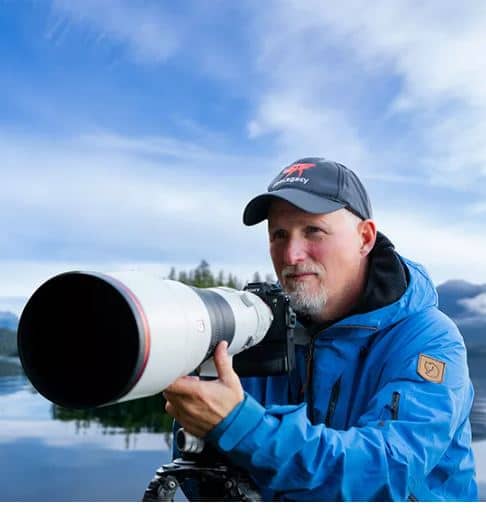
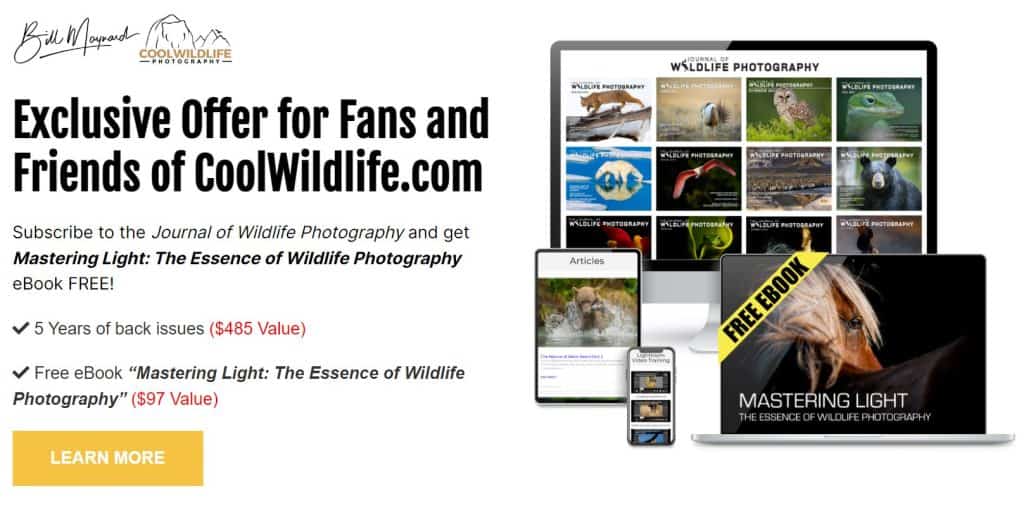
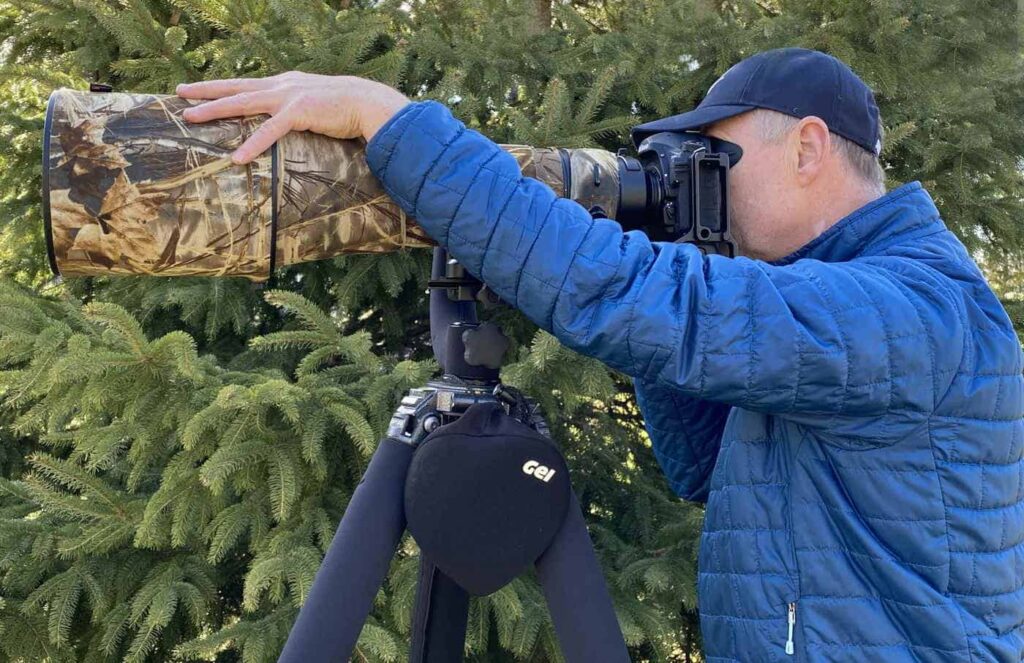
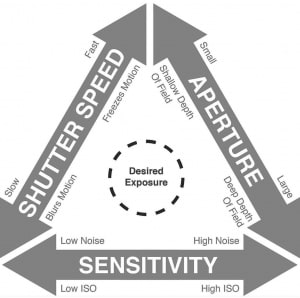
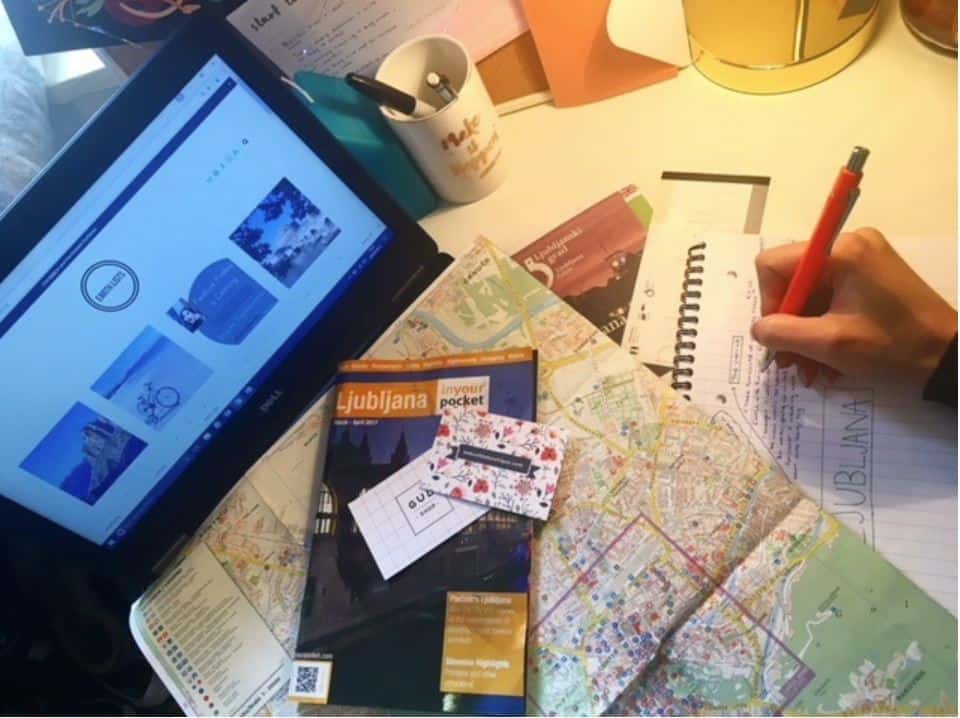
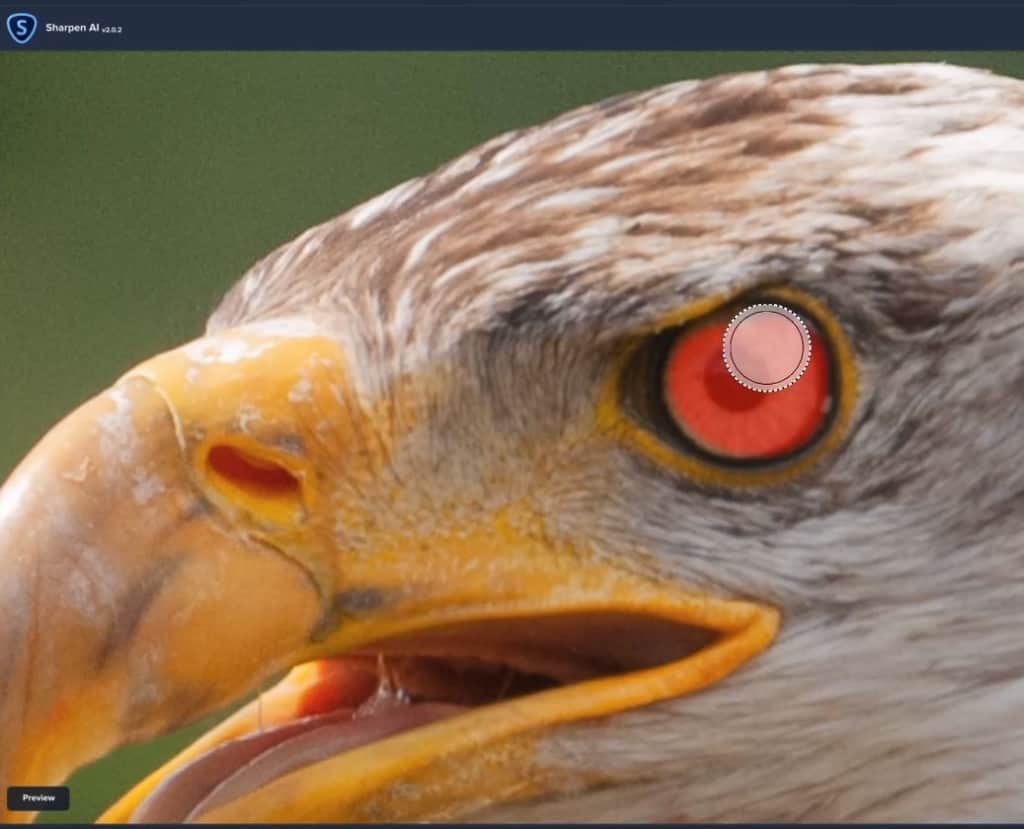
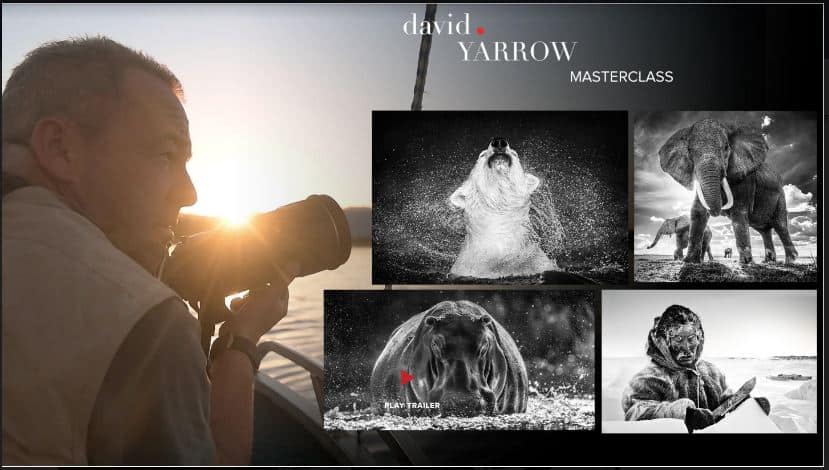
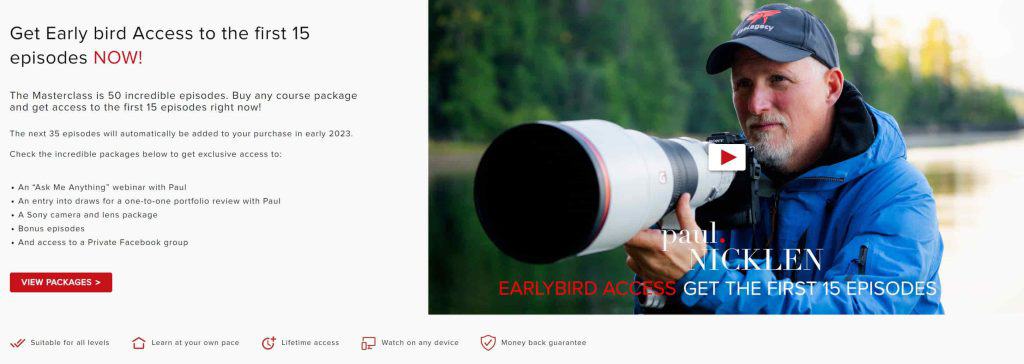
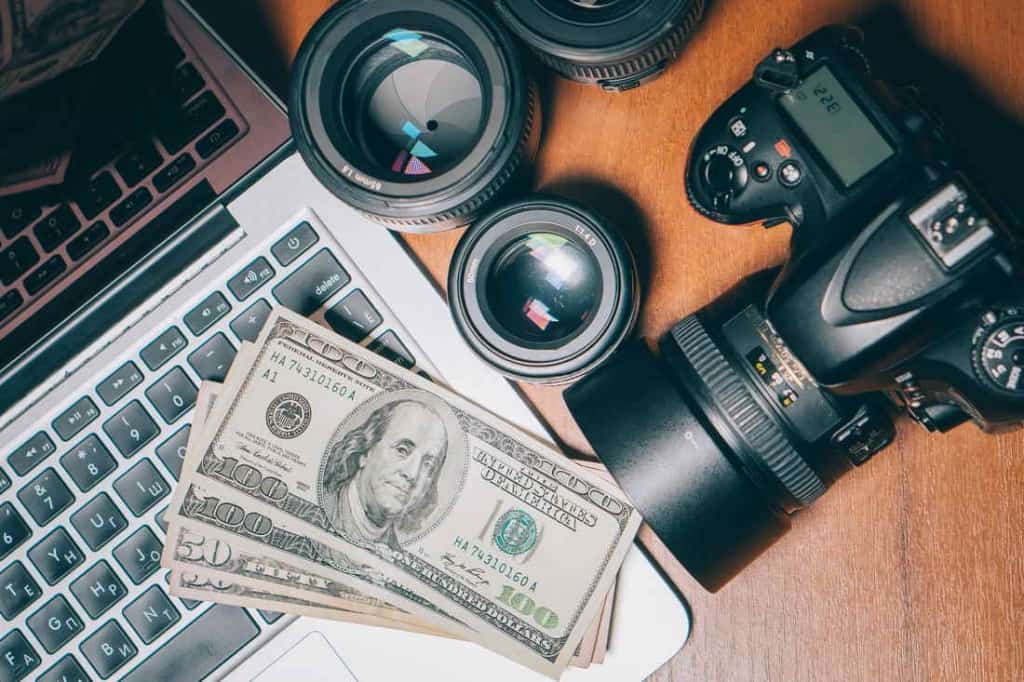
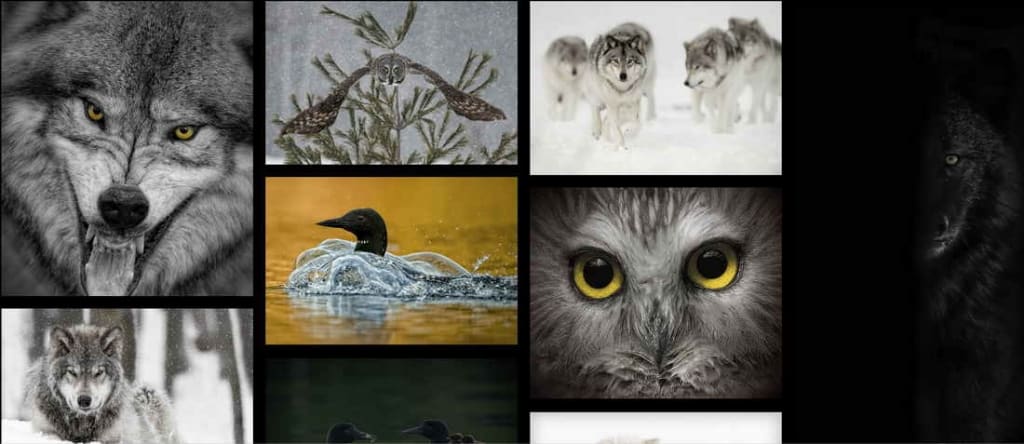
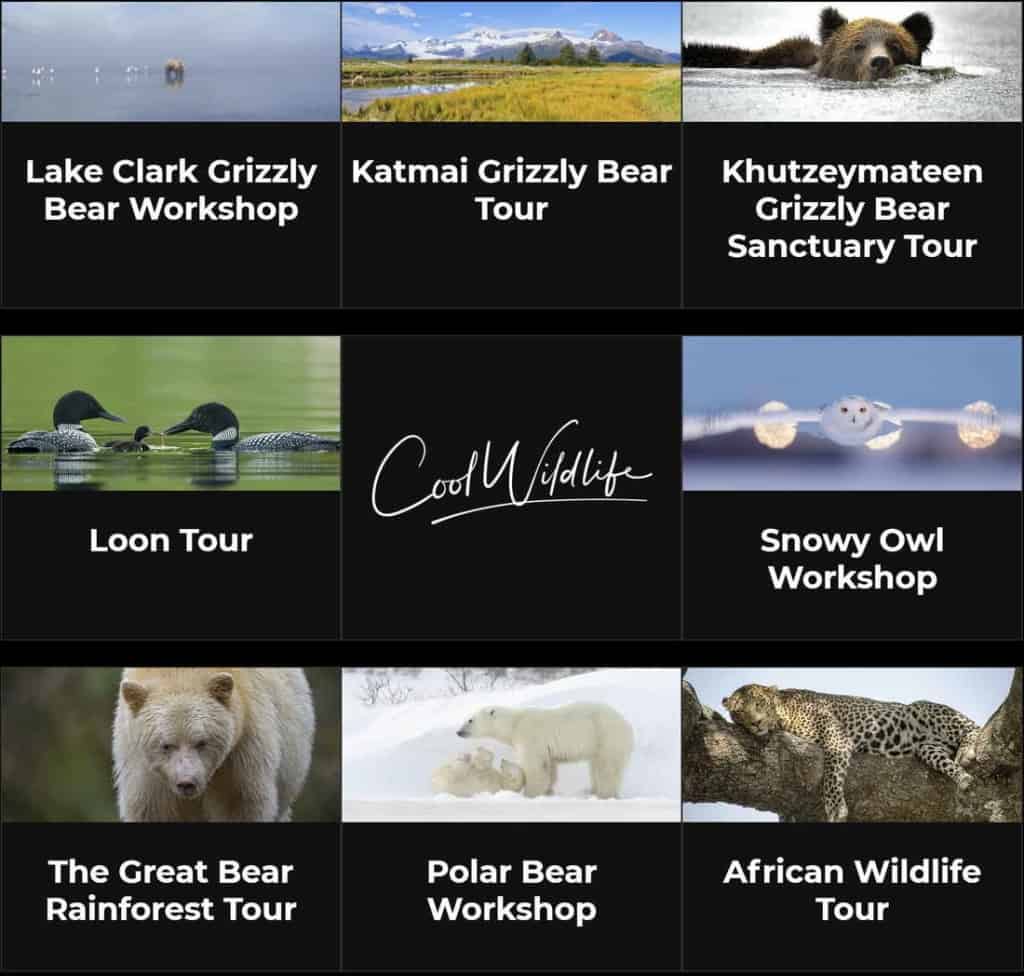
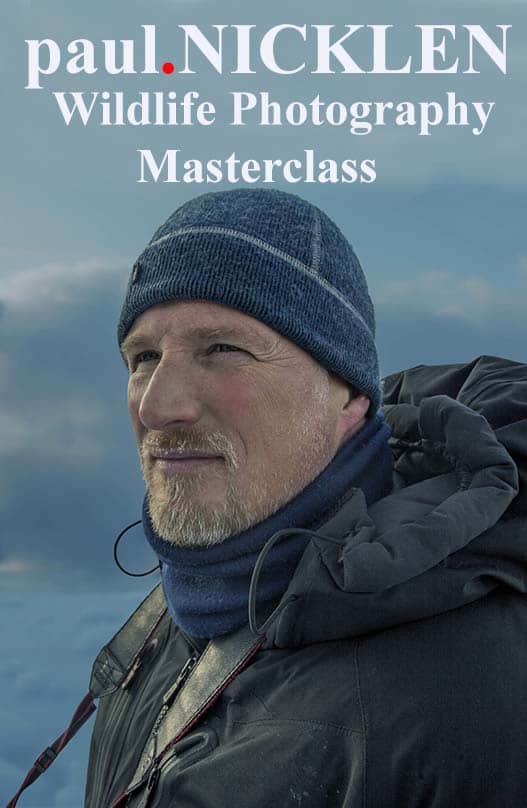

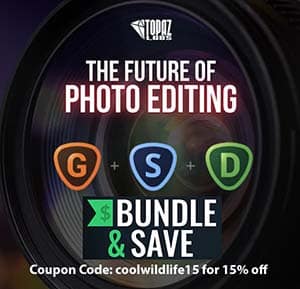

Comments
Exciting and Lucrative Photography Niches - The Pixpa Blog
Comments are closed.